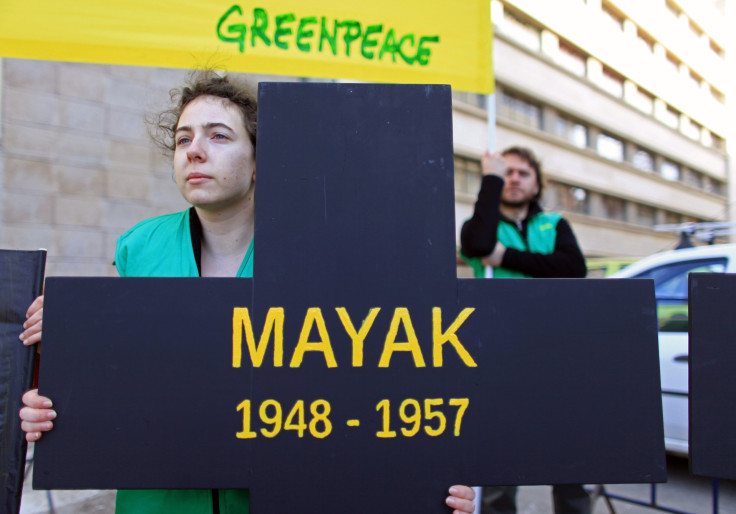Russia’s Mayak Nuclear Plant Denies Involvement In Mysterious Radioactive Cloud

Russia’s Mayak nuclear facility denied any involvement in a mysterious radioactive cloud hovering over Europe in recent months. Authorities discovered radioactive isotopes from ruthenium-106 in the air above Germany, Italy, Austria, Switzerland and France in September.
The highest levels of the radioisotope – some 986 times the normal amount – were located in the region of Chelyabinsk, where the Mayak facility is, according to the Moscow Times. Mayak, however, “categorically denied” any such involvement in the release of radioactivity.
“At the Mayak plant in 2017, sources from ruthenium-106 were not produced, the air emissions were in the usual regulatory values,” a statement from Mayak said, according to Russian news outlet the Medusa Project.
Officials from France’s Radioprotection and Nuclear Safety Institute said previously that the radioactivity originated somewhere in South Russia between the Volga River and the Ural Mountains.
Mayak, located in the city of Ozersk, has had a number of nuclear accidents in the past, including one in 1957 that was the second largest nuclear disaster in history. The facility currently serves as a reprocessing site for nuclear fuel and ranks as one of the most radioactive places on earth, according to Greenpeace.
While Mayak denied involvement in the release of any radioactive material, Russia’s meteorological service this week confirmed the extreme concentrations of radiation in the Ural Mountains region in September and October.
“Probes of radioactive aerosols from monitoring stations Argayash and Novogorny were found to contain radioisotope Ru-106,” Russia’s Rosgidromet service said, according to the South China Morning Post.
With Mayak’s denial, the mystery of the radioactive cloud deepened. It still remained unclear how the pollution got into the air, though officials said there was no evidence of an accident and nothing to suggest it was an “authorized release.”
© Copyright IBTimes 2024. All rights reserved.












